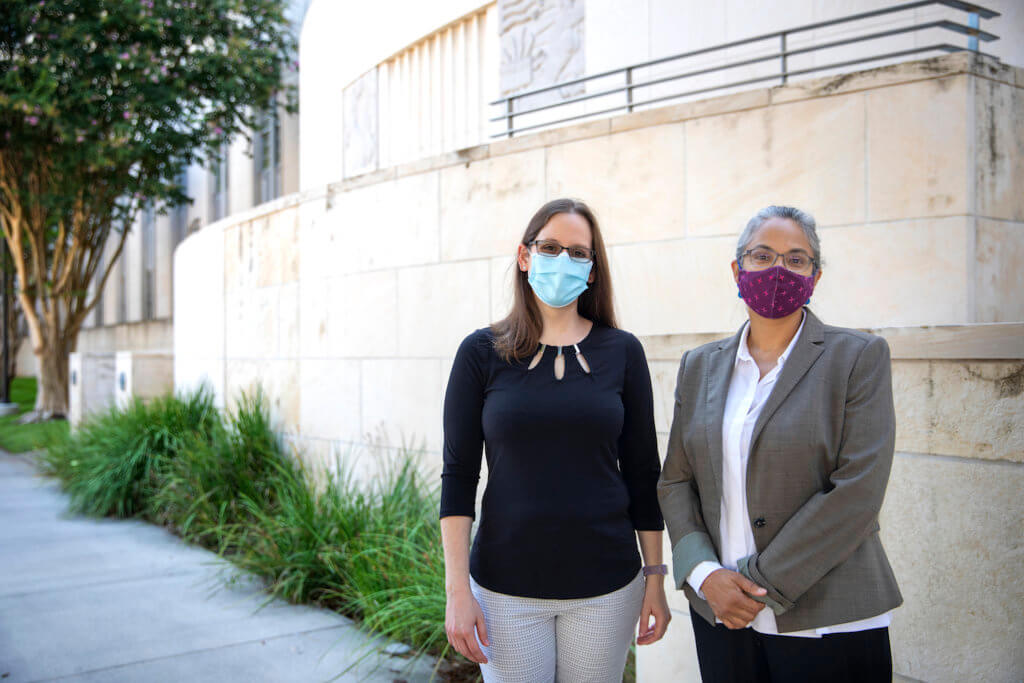New book from TMC policy experts explores the question, “How can we fix health care in America?”

Reducing waste and cutting costs will ultimately permit expanded insurance coverage
Pediatric cardiologist Arthur “Tim” Garson Jr., M.D., shifted his career focus from medicine to health policy after witnessing firsthand what happens when the health care system falls short.
Early in his career, Garson successfully treated a 5-year-old girl named Virginia (Ginny for short), and the two formed a lasting bond. But when Ginny was 19, she died after failing to fill her four heart-medication prescriptions because she was no longer eligible for Medicaid, the state-run insurance program for the poor. Ginny’s death had a profound effect on Garson. He changed his career focus and is now the director of the Texas Medical Center Health Policy Institute, where he focuses on developing health policy solutions that address the challenge of the uninsured and prevent people from dying for the reasons Ginny did.
Garson and TMC Communications Director Ryan Holeywell explore some of these ideas in their new book “Exposing the 20 Medical Myths: Why Everything You Know about Health Care Is Wrong and How to Make It Right.” Today, America remains mired in fierce debate about the future of health care. In the book, Garson and Holeywell show how we got here, explaining what works in the U.S. health care system, what doesn’t, and how we can advance beyond the debate and truly develop a health care system that serves everyone. A chapter from the book is included below. This book excerpt gathers material from several chapters.
Huntington, West Virginia, and San Francisco aren’t very similar places. If you were asked to list differences, you might start with the view. But the two cities have another key difference: Huntington’s cardiologists are some of the busiest in the nation. More than 91 out of every 1,000 Medicare patients in the region have undergone cardiac catheterization, a procedure in which a tube is inserted into part of the heart to diagnose or treat cardiac problems.
In San Francisco, by contrast, the catheterization rate is thirteen out of every one thousand. So why are residents of Huntington getting the procedure at seven times the rate of San Franciscans? It’s not because they’re sicker. In fact, it’s likely that many in Huntington didn’t need the procedure in the first place. What’s happening is the West Virginians are being overtreated and getting care they likely don’t need. This is an example of physician-induced demand, where physicians recommend treatment that improves their incomes—and patients dutifully do what the doctor suggests.
Other examples like this abound. Dr. Garson recalls the time he was in the waiting room of a doctor’s office. He overheard the doctor speaking with a salesman who was selling him an expensive piece of imaging equipment. The two forgot to shut the door during their meeting. “You’ll have to do at least seven of these per day in order to make money,” the salesman said. “No problem,” said the doctor, leaving the entire waiting room aghast.
These examples are only the tip of the iceberg. You’ve almost certainly experienced more subtle forms of overtreatment in the form of administrative waste. You know what happens when you make an appointment with a doctor for the first time: First, you give all your information to an employee on the phone, who takes down your name, your insurance information, your symptoms, and other information. Then, when you get to the doctor’s office, you give it to the front desk again. Then, when you’re brought to the examination room, you repeat it all to the nurse yet again. It’s not just annoying; it’s also a waste of your money. You’re paying for that same task to be repeated over and over again.

“Exposing the 20 Medical Myths: Why Everything You Know about Health Care Is Wrong and How to Make It Right.”
There are other reasons for waste, too. A big one is the pricing failures that ensure medical care in the U.S. costs more than care in any other industrialized country. Your American MRI can cost more than $3,000, but in Australia, it costs just $215 (the American MRI isn’t any “better”). Hip replacements in the U.S. cost about $29,000 on average—about 80 percent more than they cost in the UK. And it’s not just the difference in cost, it’s the volume. Americans undergo MRI exams at almost triple the rate of Australians. We get replacements 45 percent more often than the French.
So how much waste is there? According to Donald Berwick, administrator of Medicare and Medicaid during the Obama administration, waste accounts for about a third of the dollars spent on medical care in the United States today. That represents about $1 trillion annually. The vast wasteful expense isn’t just frustrating because it’s inefficient but also because there are already limited dollars to spend on health care, and in this country, we fight viciously over how to spend them.
To put these numbers into perspective, the cost to cover the uninsured is between $150 and $200 billion per year; if we could save just 15-20 percent of the waste, we could cover the uninsured. Will we ever be able to reduce the cost of medical care? Sure we can. But it won’t be easy. To reduce waste, Berwick said, we must “keep processes, products, and services that actually help customers and systematically remove the elements of work that do not.” Seems simple enough, right? “The challenge in removing waste from U.S. health care,” he goes on, “will be to construct sound and respectful pathways of transition from business models addicted to doing more and more to ones that do only what really helps.” These cost-saving measures also improve value—that is, they do not allow quality to suffer.
The cost of health care must be reduced significantly. We often hear talk of the need to “bend the cost curve”—meaning that it’s acceptable to have prices increase, but the rate of increase just needs to slow down. This is not good enough. If we attack some of that waste successfully, we will decrease the cost of care, not just bend it. Why does this matter so much? Today, more than 10 percent of adults in this country who aren’t eligible for Medicare still don’t have health insurance. To bring that number down, we have to make health insurance more affordable. Decreasing the cost of health care is the best way to decrease the cost of health insurance, and ultimately, decrease the number of uninsured people in this country.
Hear more from the authors at their upcoming book discussion
When: 5:30 p.m. Tuesday, Oct. 15, 2019
Where: Third Coast Restaurant John P. McGovern Commons; 6550 Bertner Ave., 6th Floor, Houston
RSVP: twentymedicalmyths.eventbrite.com




